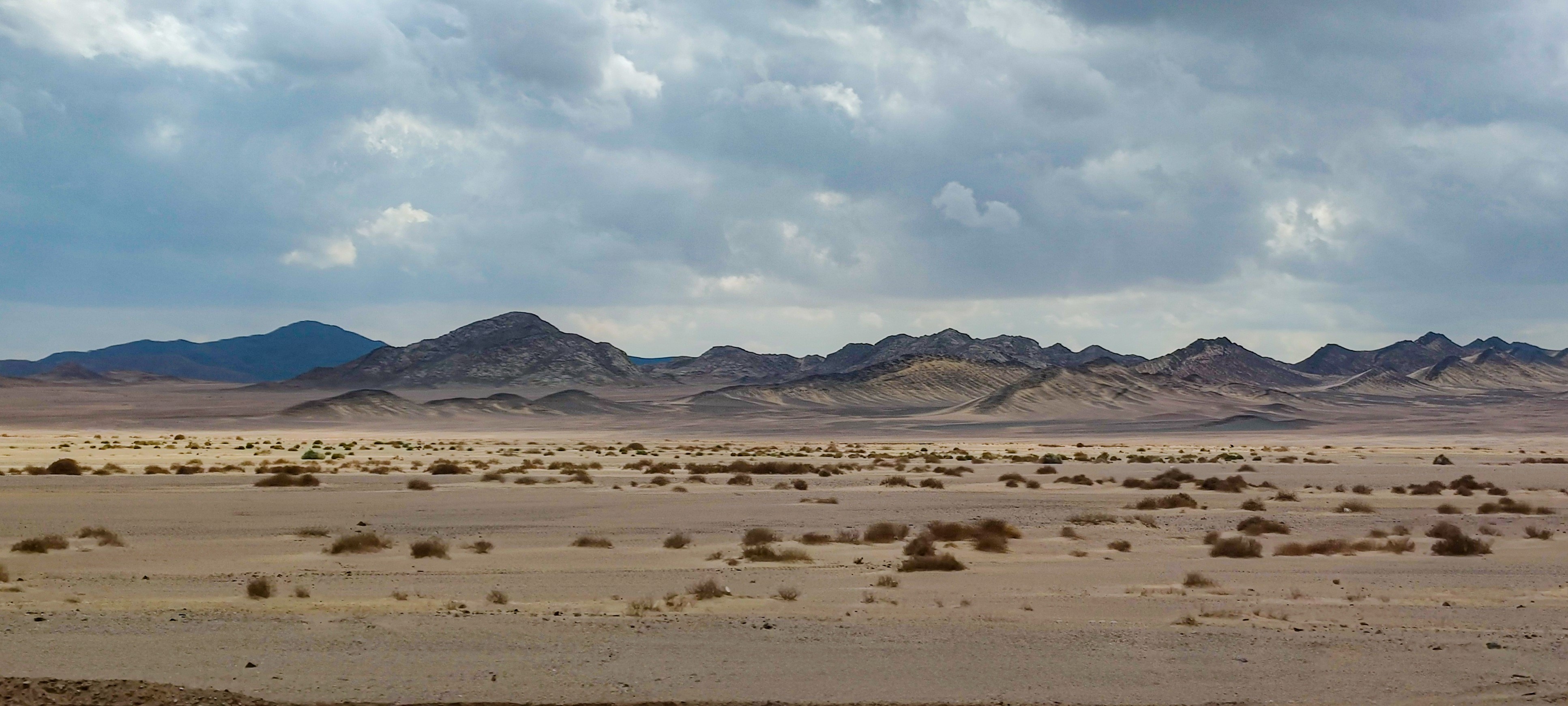
Styrkan i en grupp
- Reflection
 Emmy Skelton Kockum
Emmy Skelton Kockum
Some reflections on climate and biodiversity in English or Swedish and shared by our members.

 Wikimedia Commons
Wikimedia Commons
A world with no trees

A tribute to loved ones who were lost and loved ones who we can still protect

 UNFCCC
UNFCCC


 João de Morais
João de Morais
 Photo by Sebastian Unrau on Unsplash
Photo by Sebastian Unrau on Unsplash

